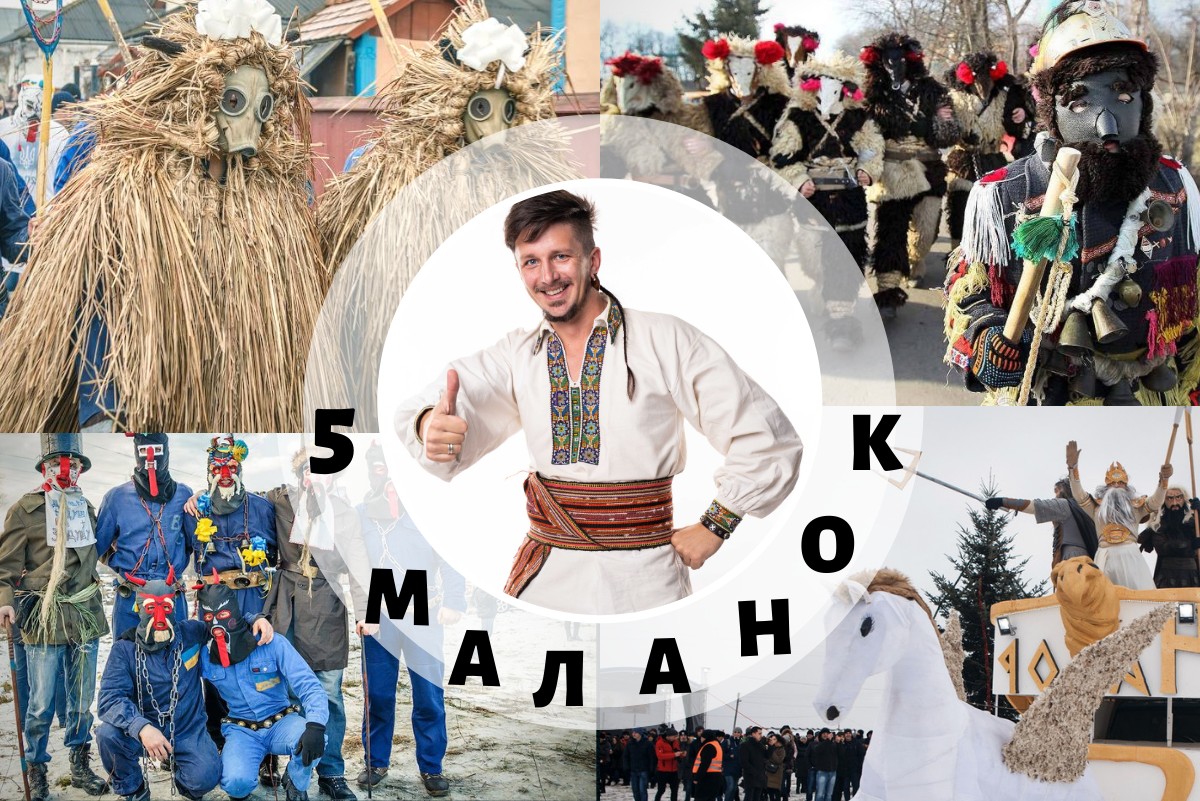What is Malanka?
Malanka is an ancient Ukrainian folk holiday combining Christian and pagan traditions. This quirky carnival marks the beginning of the new year and will surprise you with its stunning costumes, the creativity of locals, and joyfulness.
Malanka is celebrated once a year, but you can see several Malankas in Ukraine in January. Some villages begin celebrating Malanka in the morning on January, 13. In others, celebrations begin in the evening of the same day, or on January, 14. On the other hand, the famous Malanka Fest takes place in Chernivtsi on January, 15.
Malanka is one of those events that you have to see with your own eyes! You can do it in several locations: Beleluia, Horoshova, Ustia, Chahor, Vashkivtsi, and in all these places the celebrations are extremely interesting and diverse.
You can see Ukrainian Malanka on our tours:
- 5 Malankas of Halychyna and Bukovyna (2 days / 1 night);
- Malanka Festival in Vashkivtsi and Chernivtsi (2 days / 1 night);
- Chortkiv, SPA + Malanka Fest (2 days / 1 night);
- Malanka Festival in Krasnoilsk, Chernivtsi and SPA (2 days / 1 night).
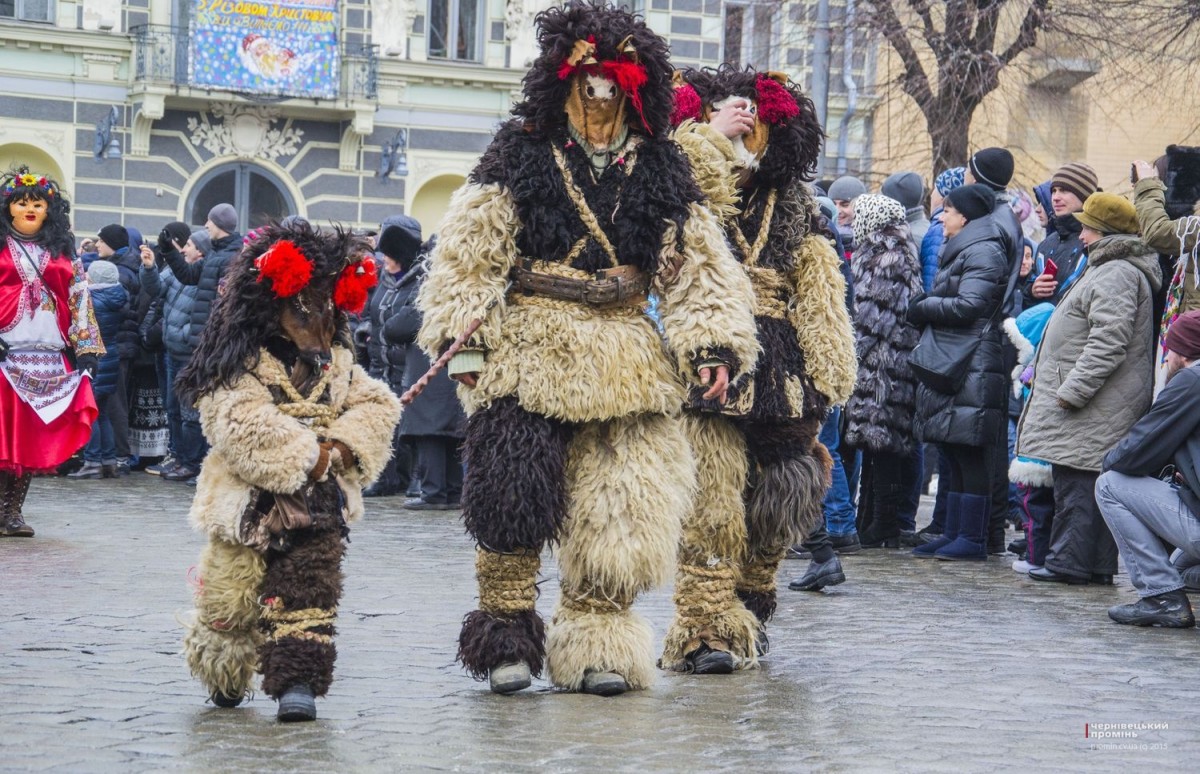
Beleluia
Malanka of Beleluia is the most famous, loud, and creative of this region’s Malankas. Beleluia village is also easy to reach – it is less than 10 kilometers from the town of Sniatyn.
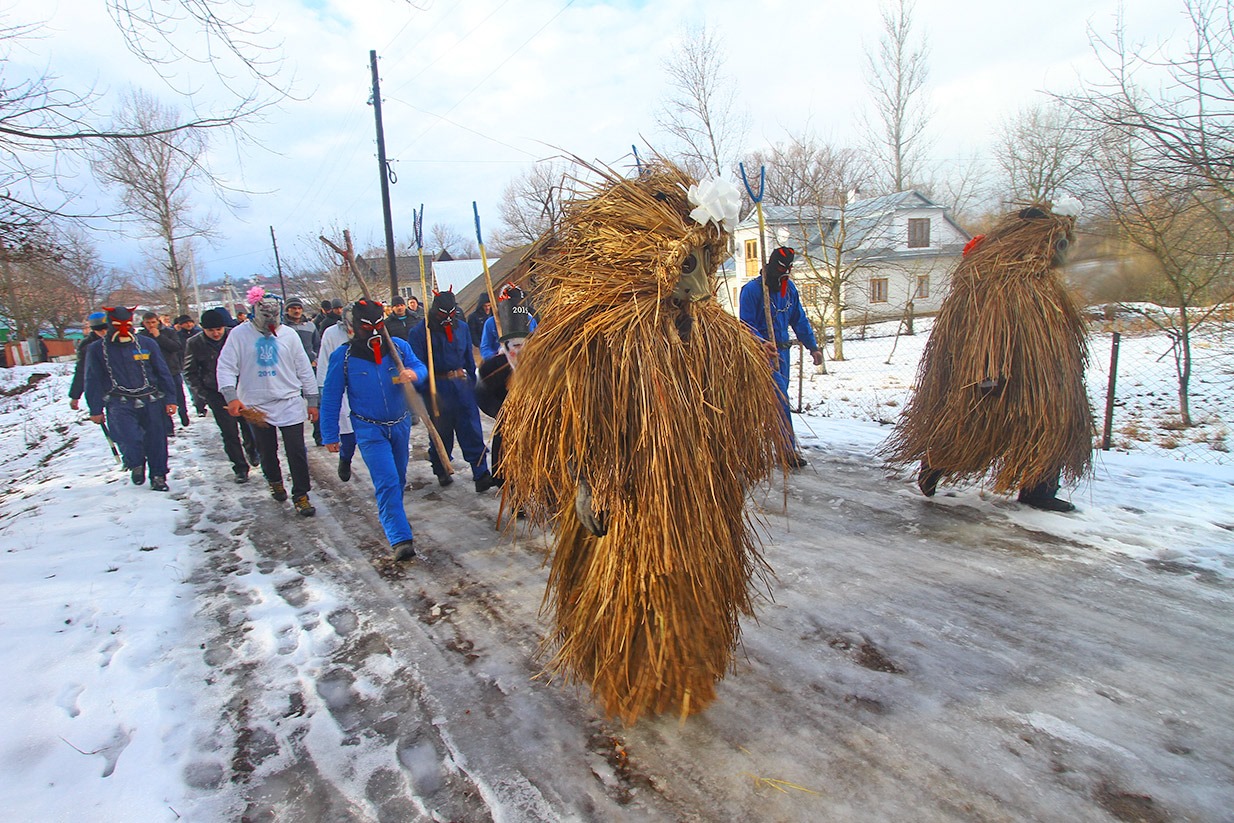
The best time to arrive at Beleluia is the late morning of January, 13. At this time, Malanka participants begin to form columns in various parts of this big village. Local people gather at the sides of the main road to watch the parade.
Vasyl and Malanka, the main characters of the celebration, are at the front of the cavalcade. After them – Landowner and Landlady. They are followed by children dressed as doctors and policemen. Then there are the Bears – photographers love them the most. They are wearing extremely heavy reed costumes decorated with colorful stripes. Instead of traditional masks, they have respirators. After them, you will see blue Devils with long tongues and pitchforks. Participants representing Death are wearing white clothes.
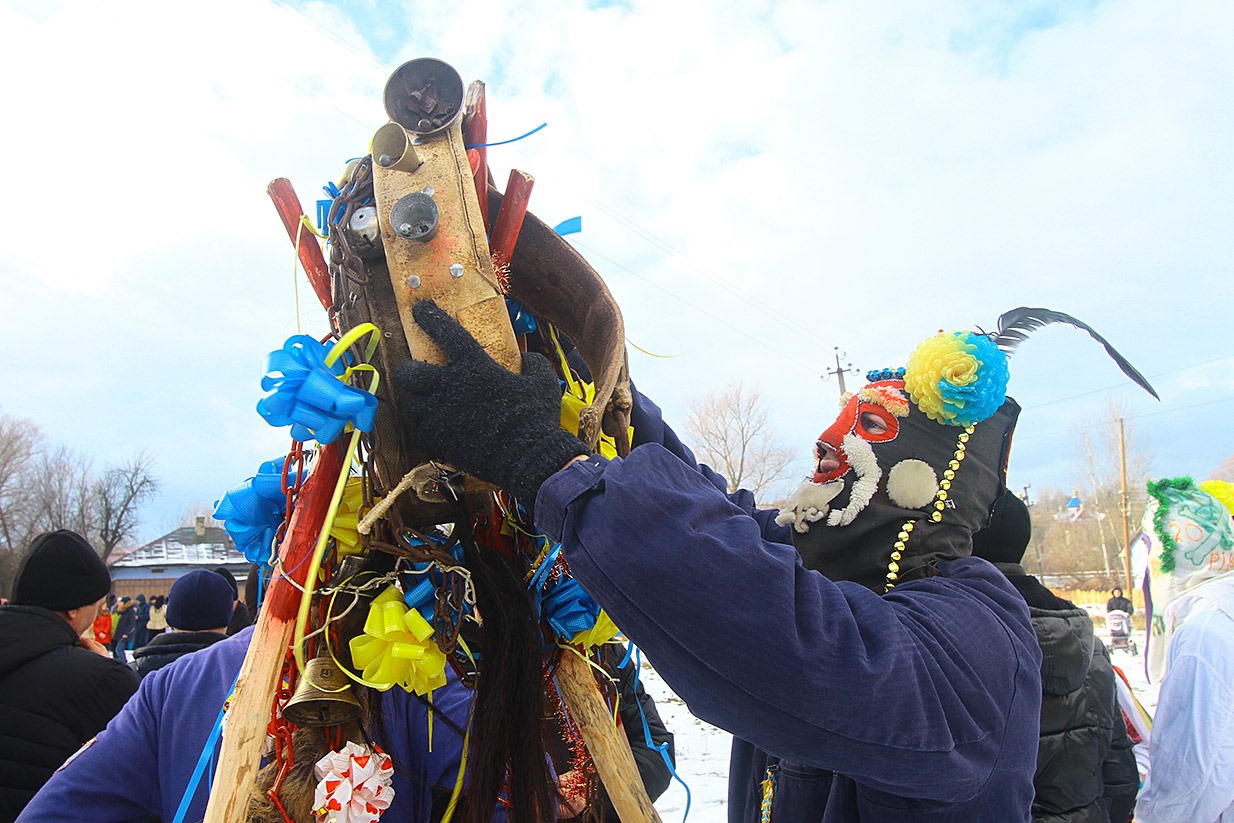
At noon, the whole village gathers near the Iron Bridge to support the representatives of their village district during the fights of Bears, Devils, Jews, and Deaths. Before that, men sing traditional Malanka songs walking around their part of the village. These men are not wearing costumes, because due to their age and status it is not proper for them anymore.
Three districts of the village compete with each other during a three-round fight at the main square. Locals are very active at supporting their representatives. World Cup participants cannot dream of this kind of support. Whether a young man wins or loses, at the end of the fight the crowd lifts him to the sky: it was very brave of him to fight for his district.
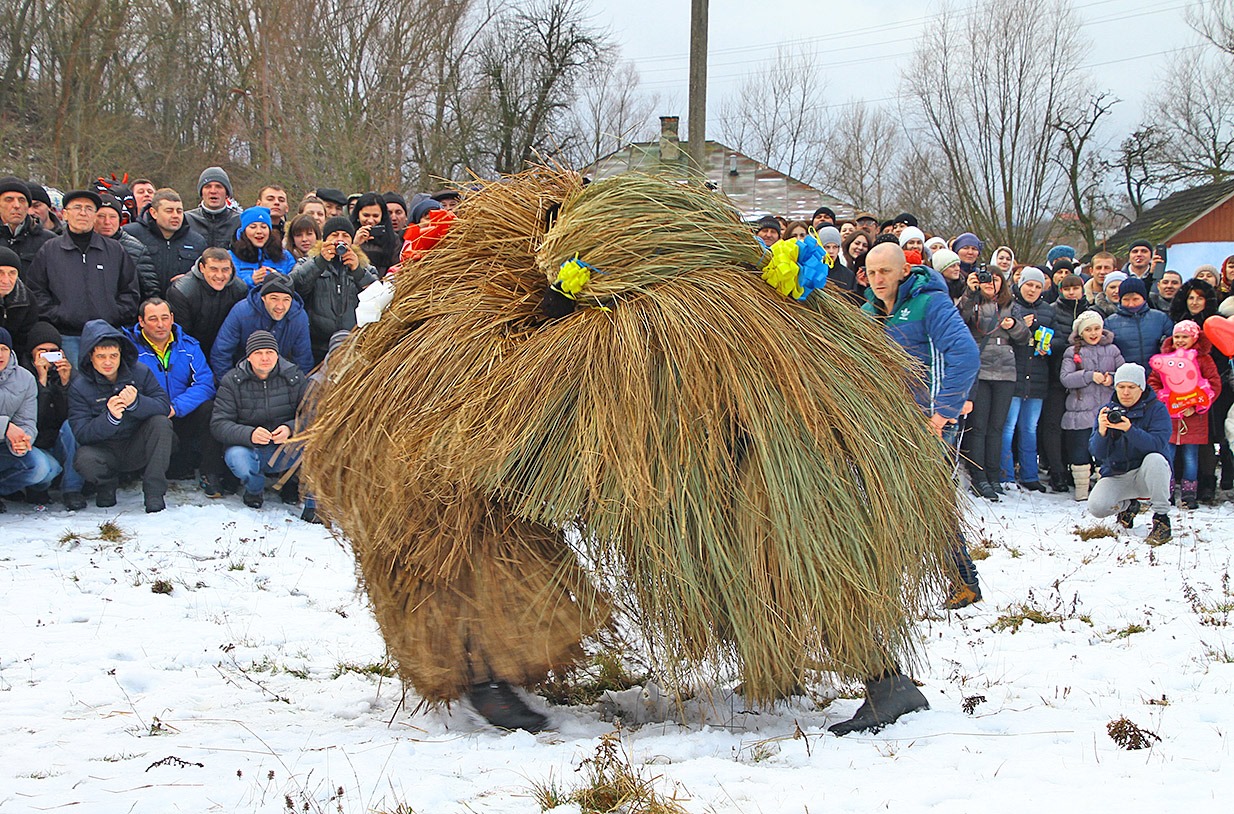
In Beleluia, you will hardly see modern masks. The locals prefer to keep the celebration traditional. Here you will also not come across ‘block posts with fake militia and various creatures demanding money from drivers. Only children dressed as traffic police, can stop a car and give you a ‘ticket’. Young ‘doctors’ may ‘write a prescription’. But you can get rid of them with some sweets. Devils and Deaths can rock a car side by side if they know its driver. Anything is allowed when it’s Malanka.
Only strong young men will become Bears because their costumes are extremely heavy. Every fighting round at the main square begins with a bear fight. The most important element of a costume is a belt. It is made of a piece of iron chain painted in different colors. According to ancient tradition, a fighter will try to slip his hand under his opponent’s belt to strike him down to the ground. Therefore, it is necessary to tighten the belt as much as possible before the battle.
After several hours of exhausting fighting, the locals go back to their village districts and visit all the homes with unmarried girls.
Judges, who collect viewers’ money during the competition, use it to hire musicians and organize a dance party. During the day it’s available for children, in the evening – for adults. The party lasts 3 days and 3 nights – one for every village district.
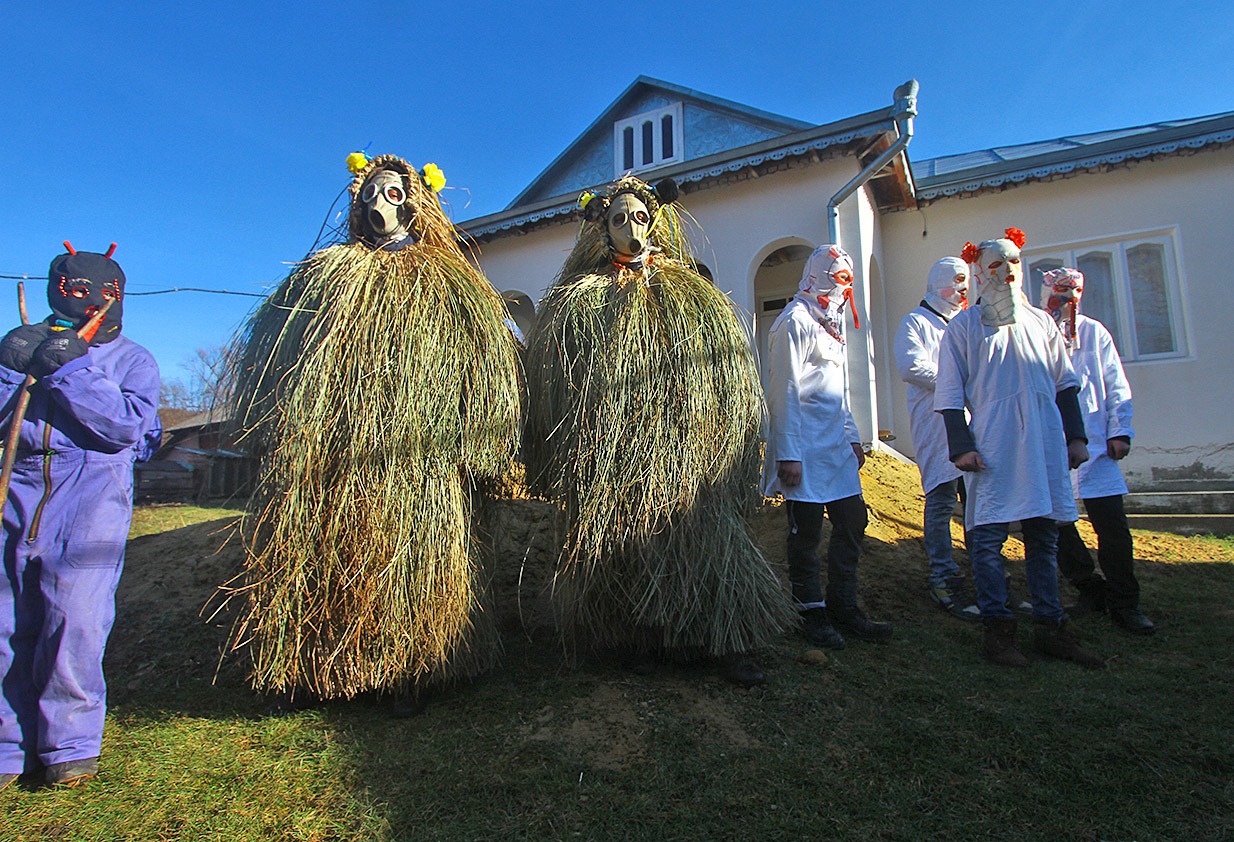
You can see this grand event on our tour:
- 5 Malankas of Halychyna and Bukovyna (2 days / 1 night);
Horoshova-Ustia
In the Ternopil region, the village of Horoshova, you will find another famous Malanka. It is celebrated on January 13th after 8 p.m. The village of Horoshova stands on the Dniester river. People here are hardworking, earn good money, and know how to throw a great celebration.
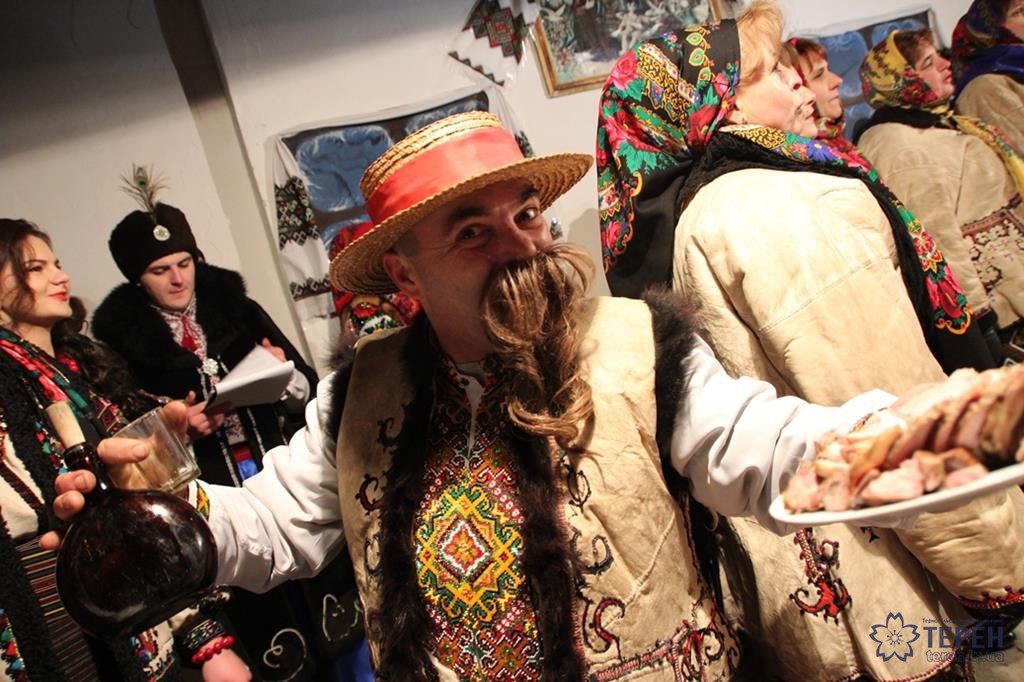
All the Ternopil region comes here on January 13th to celebrate. Prepare petty cash in advance: on the way to Horoshova travelers will be met by obnoxious block posts with barriers. You won’t be able to pass without paying a little. However, you can bargain, and you probably have to: about 5 blogposts later you begin to see it as an element of the celebration and not like annoying new year racket.
The neighboring village of Ustia that had witnessed many car processions driving to Horoshova on the 13th of January couldn’t help it and also began to host huge Malanka celebrations and has been following this tradition for about 10 years. The two villages celebrate both on the streets and on stages.
The local version of the origins of this holiday is as follows: beautiful Malanka used to live on the banks of the Dniester river. Her sweetheart had to go to the military for 25 years. Rich, successful, and handsome men proposed to Malanka, but she was been waiting for her sweetheart. Instead, she received the news that he had died.
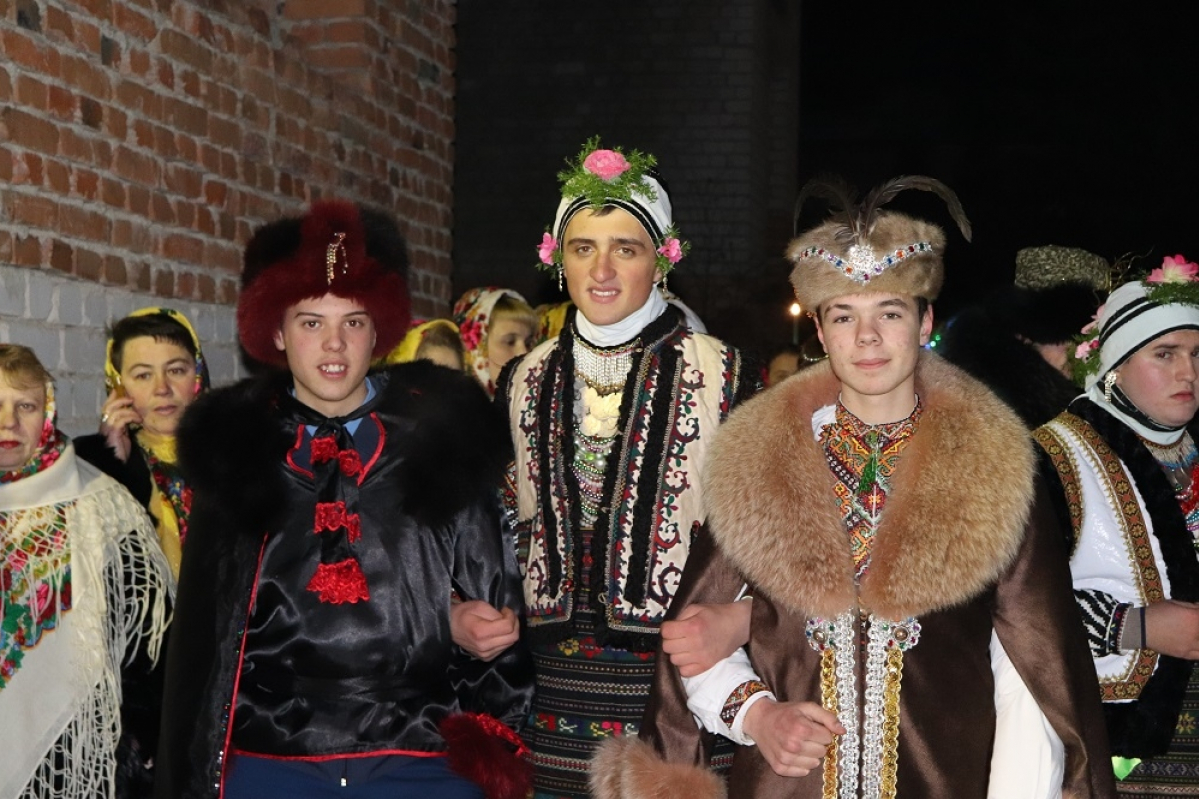
Locals choose a handsome young man to play Malanka’s role and dress him in traditional female clothes. You can observe him wearing a unique embroidered shirt – borshivska vyshyvanka. Only a few old village ladies know how to dress Malanka properly. The hardest part is to properly tie the ancient 2-meters long headpiece.
On the night of 13-14 January, together with his party, the Malanka guy wanders around the village visiting every house with unmarried ladies. His task is to dance with each of them. Later he will come on stage too.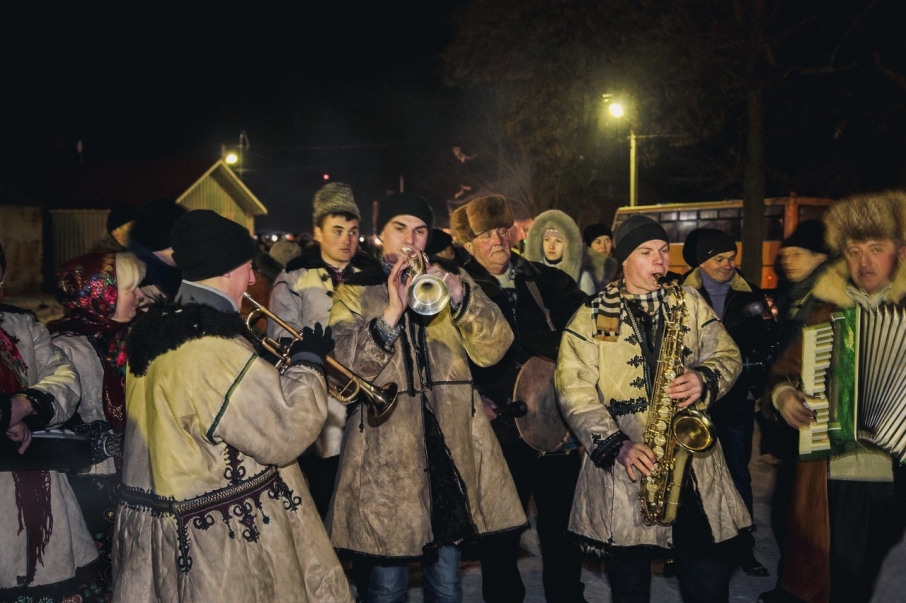
At the traditional costume competition after the concert, you can see pirates, American Indians, Papua, masks of famous politicians. You will see parade floats and comedy performances.
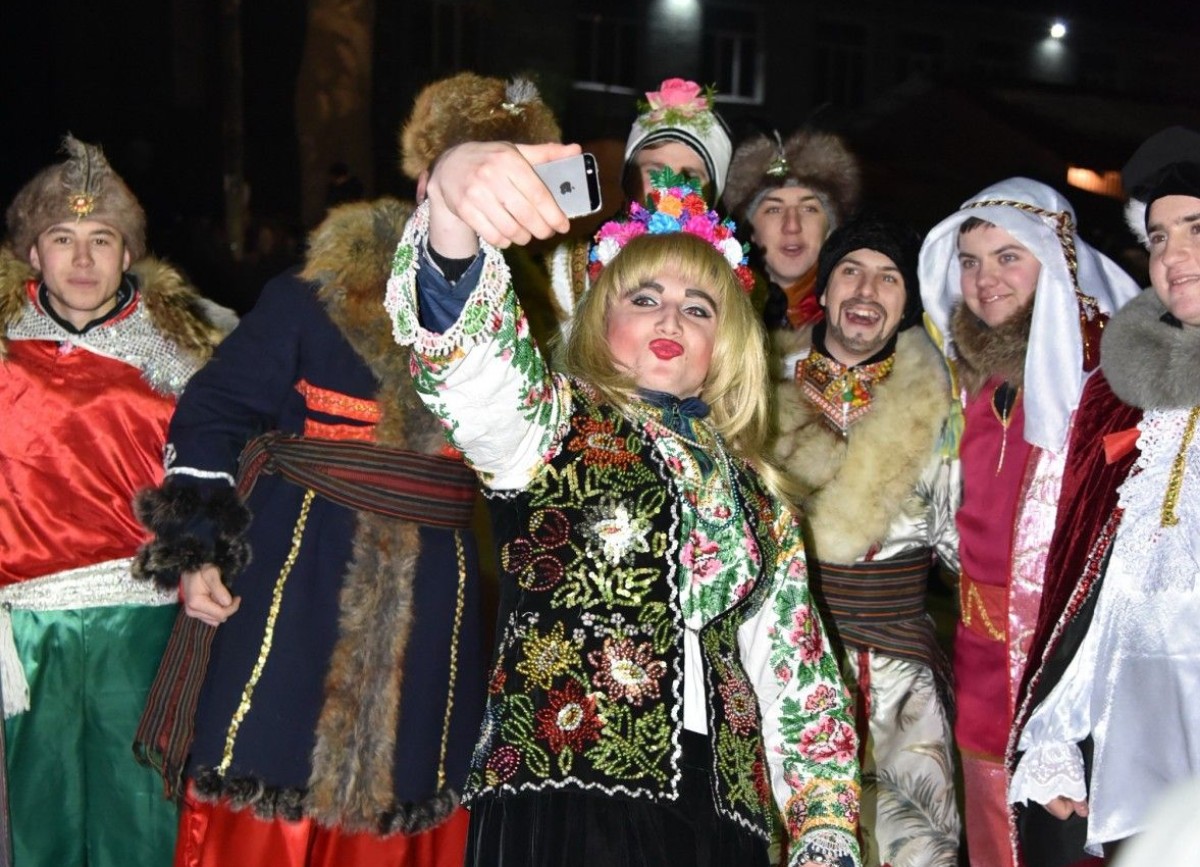
Horoshova Malanka is very popular, however less authentic with its cheap jokes and store-bought masks. However, you will see people wearing traditional local embroidered jackets and incredible handcrafted shirts.
You can see these Malankas on tours:
- 5 Malankas of Halychyna and Bukovyna (2 days / 1 night);
Vashkivtsi
On the morning of the 14th of January, the best place to be in is the village of Vashkivtsi at the root of the Carpathian mountains in the Chernivtsi region. In this area, Malankas are especially colorful. Moreover, several years ago, Malanka museum was opened in Vashkivtsi. There visitors can see costumes and ancient paper-mache masks.
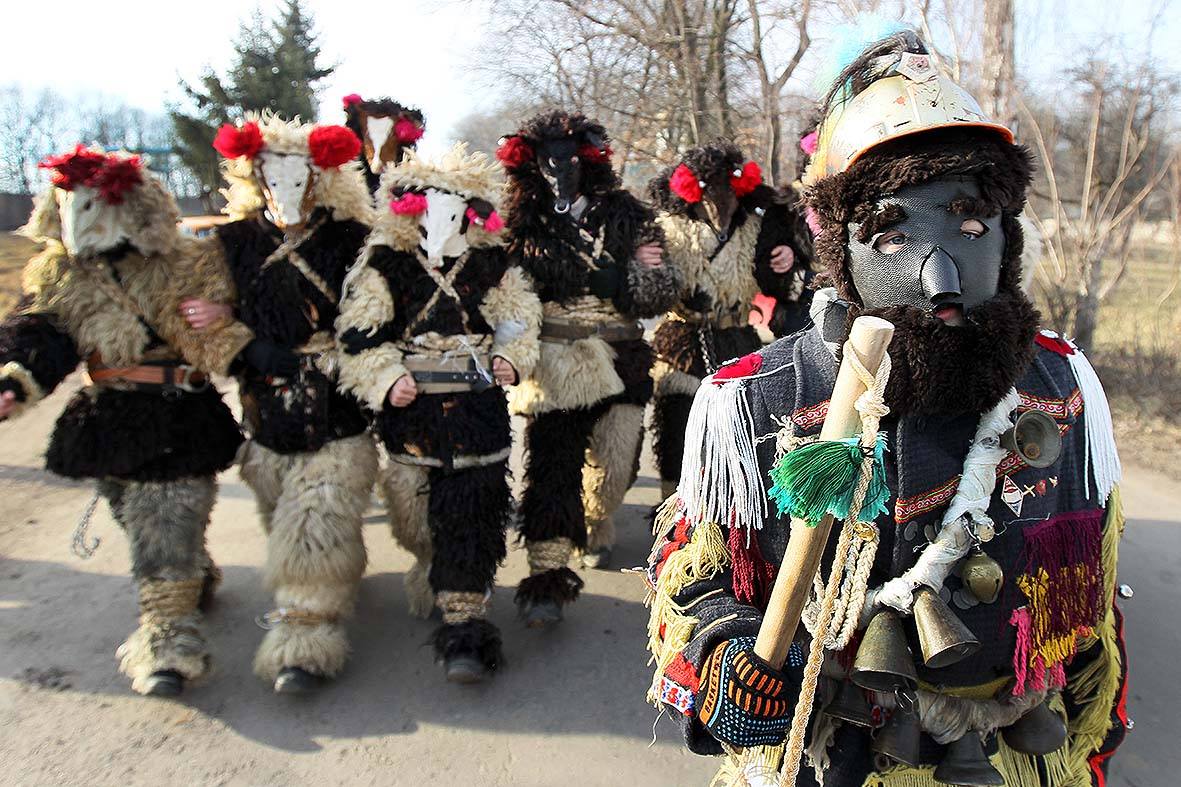
On the way to the village, stay looking out the window: you might be lucky to see Malankas in other villages too. In these regions, locals celebrate as eagerly as no one else. Women in colorful scarves visit houses, wide-shouldered “angels” wave to the drivers with their wings made from old curtains fluttering amiably in tune. Musicians with shiny trumps march behind Devils and Bears.
The closer to Vashkivtsi, the slower the traffic gets. Did you guess why so? I hope you will have some cash left after you pass local checkpoints. If luck is not on your side, they will begin as early as in Brusnytsia. But there is a chance your road will be clear until Chortoryia. But you can be sure that young men wearing costumes will meet you there and give you a ‘ticket’ for being sober.
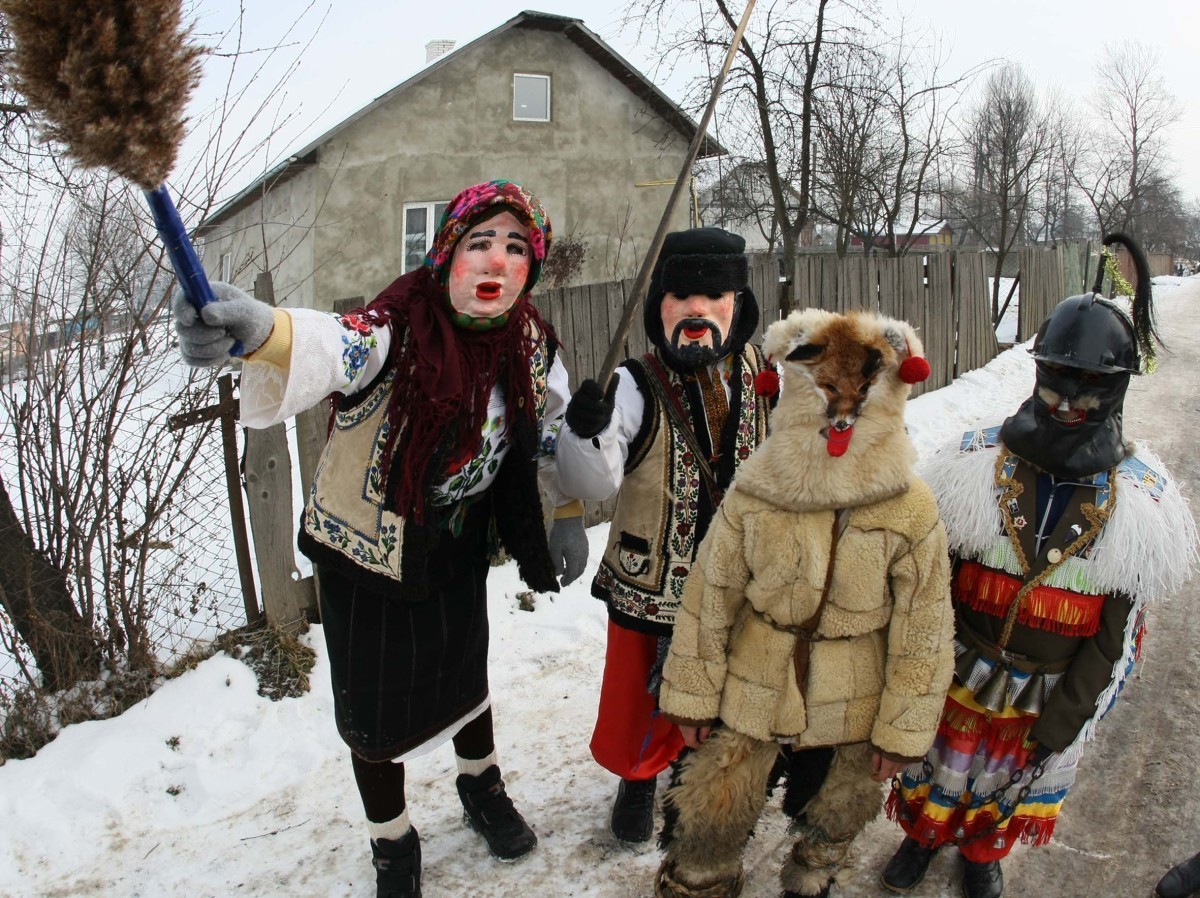
According to the most widespread version, in Austro-Hungarian Empire times, the owner of Vashkivtsi count Petrin gave precious presents to the participant with the best Malanka mask. The aristocrat was very amused by the funny pagan ritual, and the locals were happy to celebrate it. During the holiday, every man (as women were not allowed in the event) tried to impress the count with his costume. And Petrin provided a barrel of beer to every team of participants.
During Soviet times, Malanka was oppressed – with police sorties and propaganda. But the government’s oppressive efforts couldn’t destroy the ancient carnival spirit. The USSR is gone and Malanka lives on.
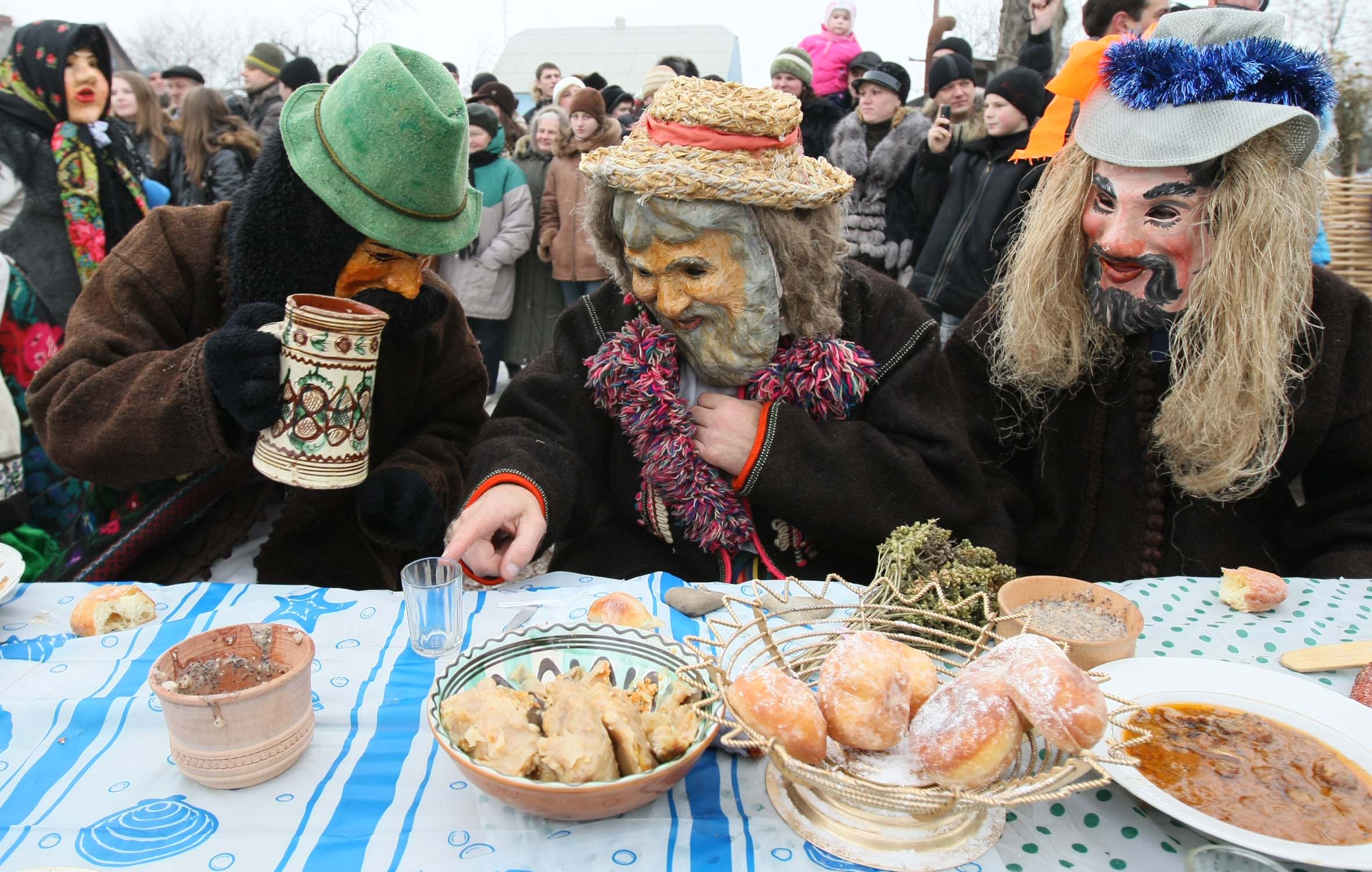
Vashkivtsi has the potential to develop into a world-famous winter carnival destination. In fact, it is already a popular Malanka location with visitors coming from all over Ukraine and abroad, and it is quite hard to find a parking spot.
Here traditional characters include Grandpa, who treats everyone or almost everyone to some horilka, Grandma, who sweeps away evil spirits, Gypsy, who walks Bear on a chain. In each of the village districts, there’s a special place for men who have served in the military. They dress as Cossacks, Uhlans, Malanka, or Gendarme with the most luxurious hat with peacock feathers.
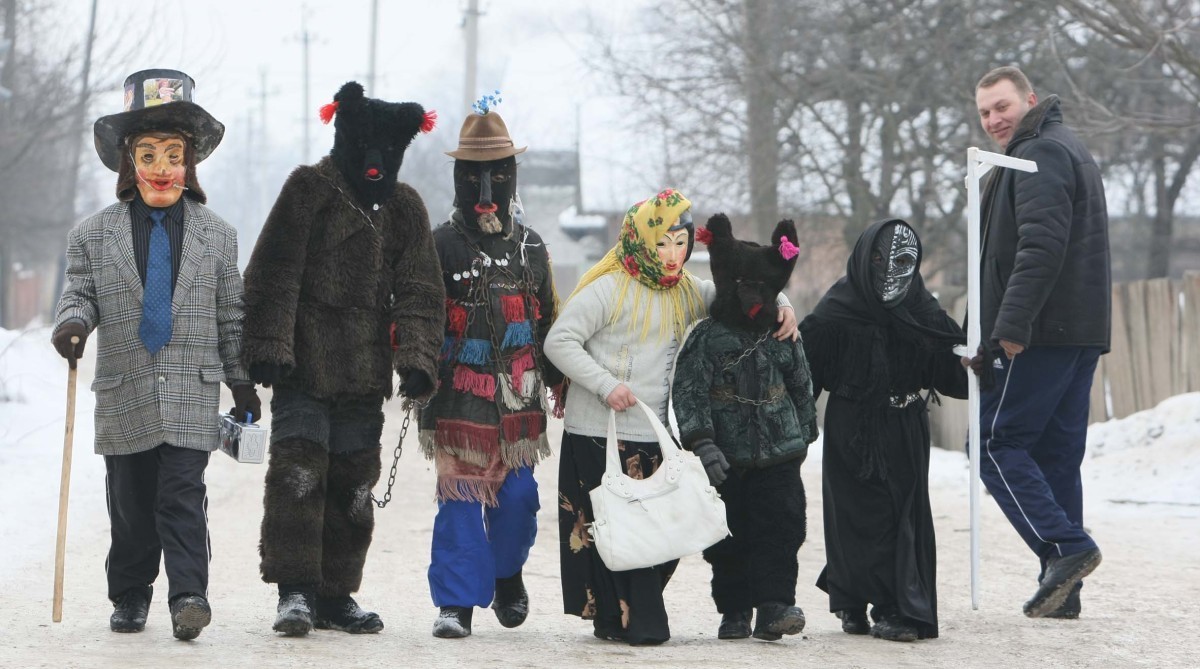
The main character in the procession is Kalfa. The term most probably originated from eastern khalif because the Bukovyna region belonged to the Ottoman Empire until the 18th century. Kalfa plans the costumes and the route of the parade and collects the money which is later spent at a cafe or restaurant by the participants.
Malanka in Vashkivtsi has a lot of authenticity and every year gets closer to its roots. Pay attention to the masks people are wearing. They are handmade because it is important for Malanka participants to remain unrecognized.
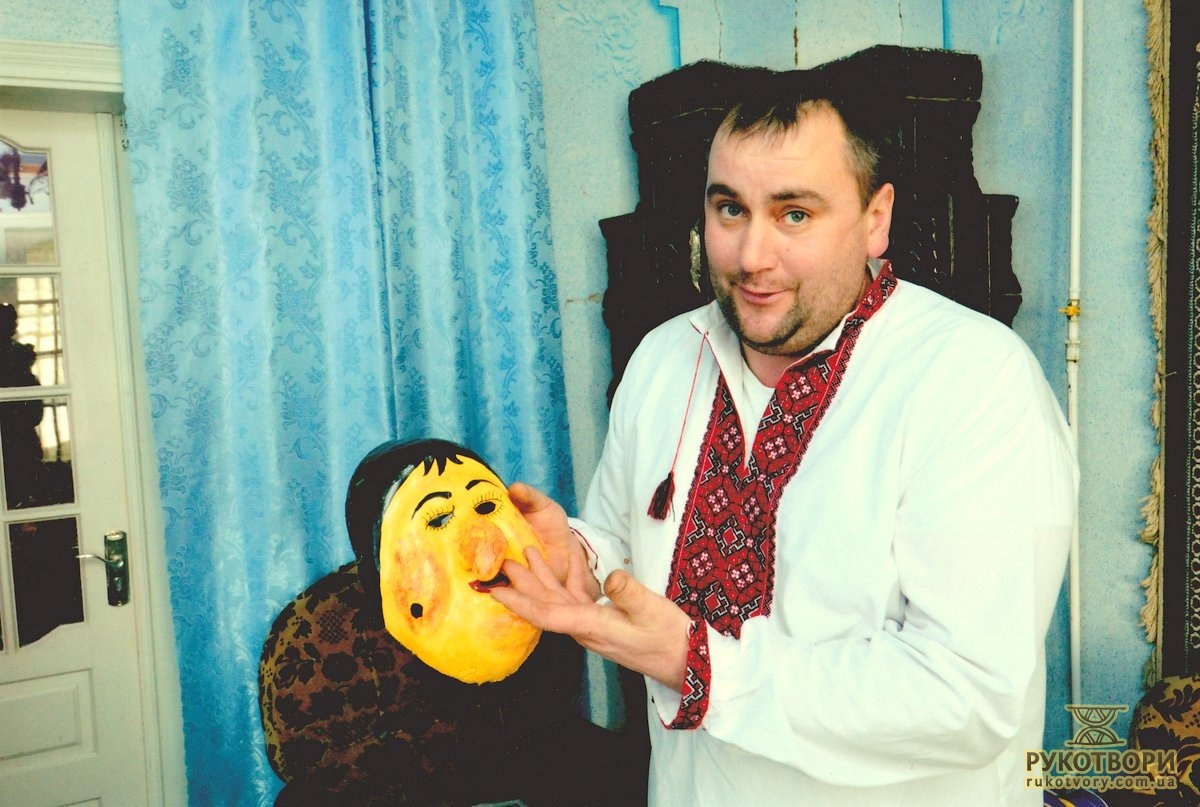
At night, the carnival visits every house of their district. It was considered shameful for the villagers if they were not visited by Malanka. If the participants do get inside, the consequences are disastrous. They will displace furniture and gates, make a mess, release the dog, beat the man of the house with a broom, pour water on him, flirt with his daughter – and the poor person has to reward them. However, Malanka participants are sensible and try not to cross the line.
All this is night entertainment for the locals. We, tourists, have nothing else to do other than watch the street parade and swim in the Teplytsia river. Yes, it is January, but this is the rule. According to legends, after a two-day celebration participants can grow a tail. In addition, the priest will not let them in a church. So it is necessary to wash away the sins.
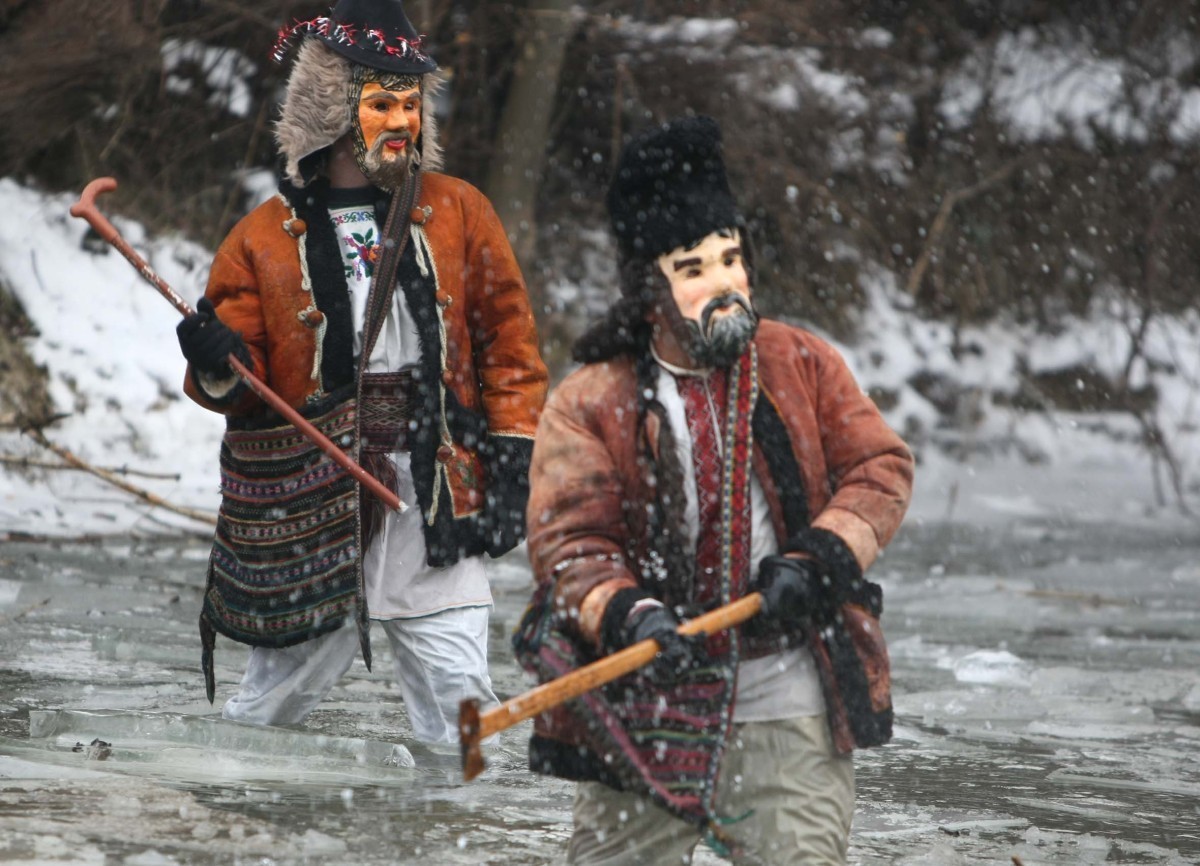
Travel with us to Vashkivtsi to see Malanka:
- Malanka Festival in Vashkivtsi and Chernivtsi (2 days / 1 night).
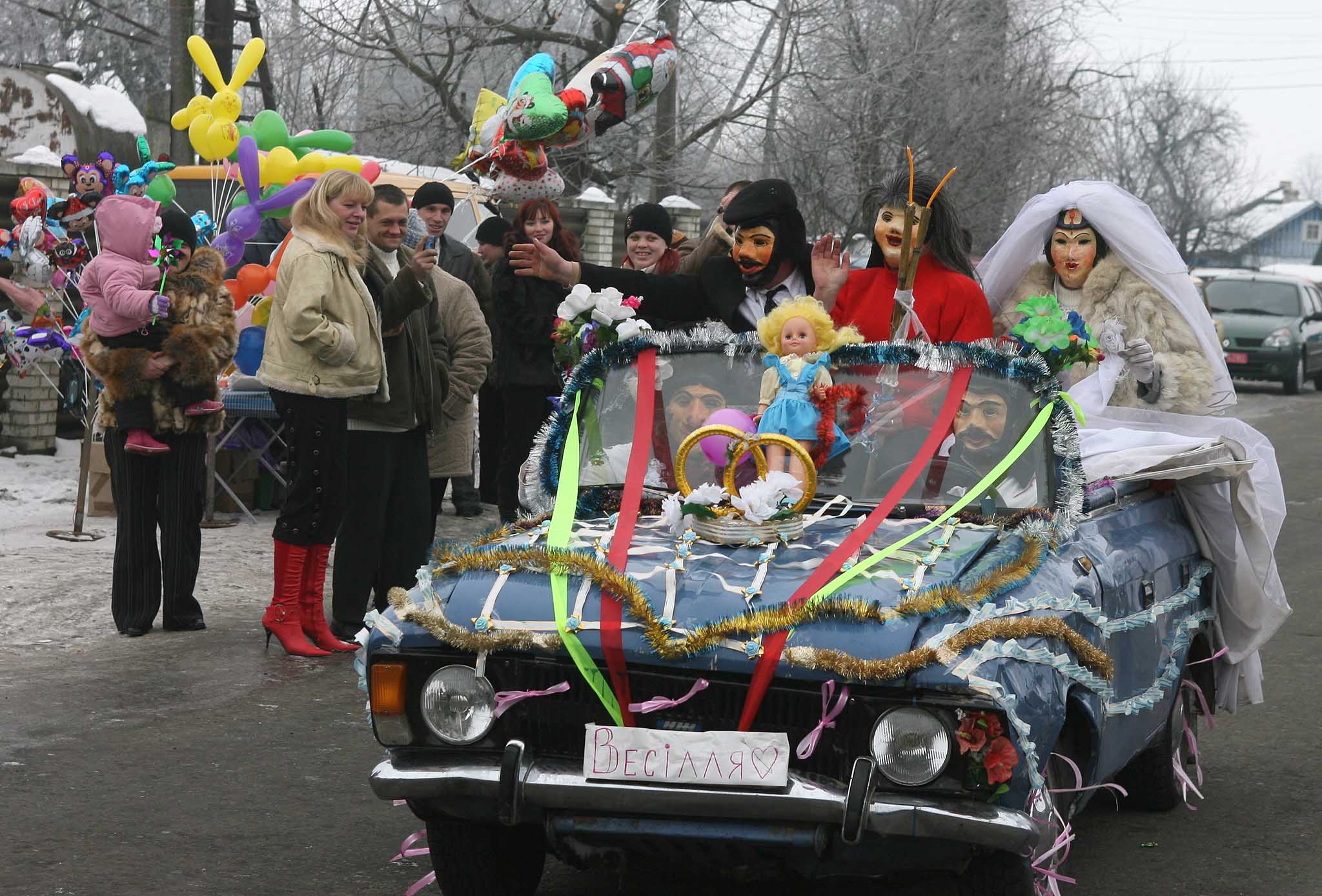
We invite you to travel with us to see the best Malankas on tours:
- 5 Malankas of Halychyna and Bukovyna (2 days / 1 night);
- Malanka Festival in Vashkivtsi and Chernivtsi (2 days / 1 night);
- Chortkiv, SPA + Malanka Fest (2 days / 1 night);
- Malanka Festival in Krasnoilsk, Chernivtsi and SPA (2 days / 1 night).

